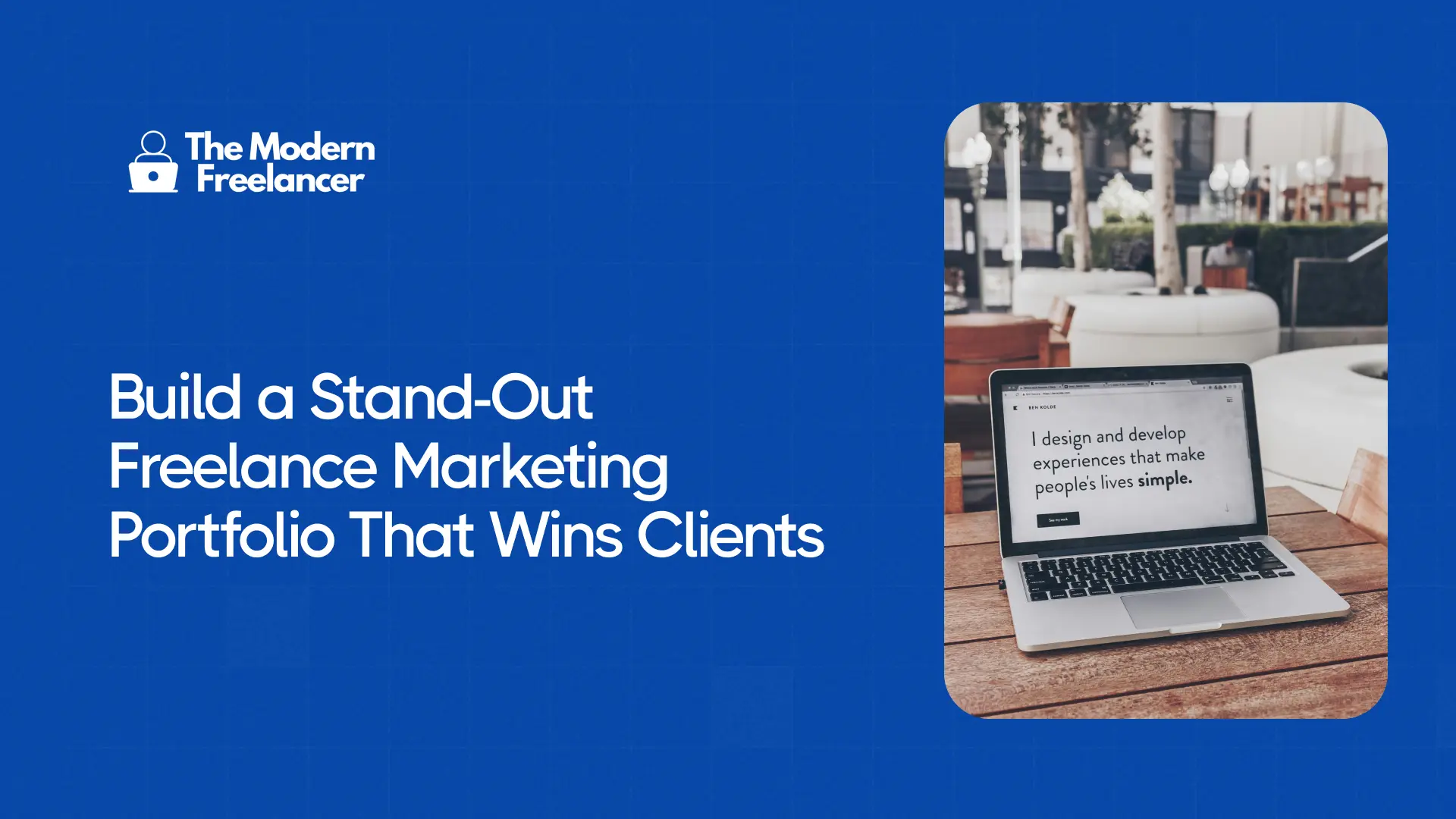Full-Time vs Part-Time Freelancing: Which Path is Right for You?
The real pros and cons of each approach (plus the questions that will help you decide)

Heads up: Some of the links below are affiliate links, which means I may earn a small commission if you choose to use them — at no extra cost to you. I only recommend tools I personally use and trust.
If you’re subscribed to my newsletter, you may have taken the survey I sent when you first subscribed.
(And if you didn’t, don’t worry, I still love you 🫶)
One of the questions on that survey is: "Are you freelancing full-time or part-time?" and over the last 30 days, 155 of you shared their situation.
The results?
81 full-time vs 74 part-time.

Almost perfectly split.
This tells me the decision isn't obvious - both paths have real merit. But I also get questions about this constantly, so today I decided to break down the real pros and cons to help you choose.
Part-Time Freelancing: The "Safe" Path
The Pros:
Low risk: If you lose your freelance client, you still have your 9-5 income. This safety net lets you be selective about projects and clients.
Extra income: Stacking both salaries can be powerful. That freelance money can become your house down payment, vacation fund, or debt payoff strategy.
Test the waters: Freelancing isn't for everyone. You get to try entrepreneurship before fully committing and potentially discover it's not your thing.
The Cons:
Time management nightmare: You're working a full-time job, then adding more responsibilities in evenings and weekends. This gets exhausting fast.
Limited earning potential: There are only so many hours in the day. You can't scale beyond your available time.
📌 If you want real examples; I interviewed 9 marketers who successfully transitioned to full-time freelancing, most of them started part-time first.
Full-Time Freelancing: The "Freedom" Path
The Pros:
True freedom of time and location: Work from anywhere in the world and set your own schedule. This is the dream most people chase.
Independence: You're never truly your own boss because clients become your bosses, but it's as close as you'll get to pure independence. Your personality becomes your best marketing tool and you pick who you work with.
Unlimited income potential: Your earnings aren't capped by salary bands. You can make as much as you're willing to work for.
Tax benefits: Write-offs that W2 employees don't have access to. Your home office, equipment, business meals - it all adds up.
The Cons:
Income instability: Feast or famine cycles are real. You need your sales strategy dialed in to avoid this trap.
More responsibility: There's no boss to escalate issues to anymore. You're the CEO, accountant, salesperson, and janitor.
How to Make the Decision
Ask yourself these questions:
- How much financial runway do I have if freelancing doesn't work immediately?
- Am I comfortable with income uncertainty?
- Do I have the discipline to work without a boss?
- What does success actually look like for me?
For part-timers considering the jump: If your freelance income consistently matches or exceeds your salary for 3-6 months, that's usually your green light.
For full-timers having doubts: Remember why you made the switch. Bad months happen, but the freedom and potential are worth the uncertainty.
And if you're still worried about the transition, I wrote a piece on why freelancing is actually safer than a 9-5 in 2025 - it might change your perspective on risk.
The Mindset Shift That Changes Everything
Here's what I want you to remember: If you're even considering both options, you're extremely lucky.
You have a skillset that allows you to make extra cash or build a full-time career outside traditional employment. Most careers don't offer this flexibility.
This flexibility is part of those micro-moments that make freelancing actually worth it - being able to design your career around your life, not the other way around.
We’re also the first generation to have access to “internet money” opportunities, most of our parents and grandparents didn't have these options.
So whether you choose part-time or full-time, you're already ahead of 90% of people who are stuck in jobs with no alternative income streams.
Your Action Step
This week, do an honest assessment:
- Where are you now?
- Where do you want to be in 12 months?
- What's holding you back from making that transition?
If you're part-time and want to go full-time: Check out my guide on how to transition safely without going broke.
If you're still in a 9-5 dreaming of either option: Read about why freelancing is actually safer than traditional employment in 2025.
The Bottom Line
Both paths can lead to success. The "right" choice depends on your circumstances, risk tolerance, and goals.
The beauty of freelancing is you can transition between them. Start part-time to test the waters, then go full-time when you're ready. Or go full-time and scale back if life circumstances change.
There's no wrong choice - only the choice that's right for you right now.
--
Want more freelance marketing tips that actually work?
Subscribe to my newsletter and get actionable freelance marketing strategies delivered to your inbox weekly.



